Stair handrail designs: what are your options?
Handrails play a key role in helping you achieve your preferred design and aesthetic for a staircase. There is a huge range of designs available for you to choose from – from modern, sleek handrail designs to more traditional options. You also have a large selection of materials for handrails, from warmer colours such as oak to paler options such as pine.
Here, we take you through the different handrail designs available to you, providing a guide to handrail height regulations you need to consider.
Click on one of the links below to jump to that section:
Find out the best handrail designs for traditional staircases.
Find out the best handrail designs for contemporary staircases.
Read some common options of handrail styles and colours.
Find out more about handrail height regulations, and what you need to consider.
Handrail design ideas for traditional and modern hallways
Traditional handrail design—the best designs for traditional staircases
Timber is usually the material of choice for traditional homes. The sheer choice available for wooden handrails means you should easily be able to find a style and colour that reflects the age and character of your property.
Traditional wall mounted handrails
Wall mounted handrails tend to be quite simple in design but you can add some traditional details with ornate handrail brackets, such as the petal wall bracket in pewter, or in brass. This range also features pewter or antique brass handrail end caps to complete the look.

Dark handrails add a striking touch to a balustrade, and walnut or dark hardwood are great choices for traditional properties.
Dark wood wall mounted handrails complement walls painted in rich dark blue or green, or for an ultra-traditional look, team a dark wood handrail with traditional patterned wallpaper, featuring paisley prints or William Morris-style prints inspired by nature.
You can view a range of mopstick handrails and accessories here.
If you’re looking for a mopstick handrail with a traditional finishing touch then choose an oak handrail finished with curved end scroll for a beautiful traditional handrail.
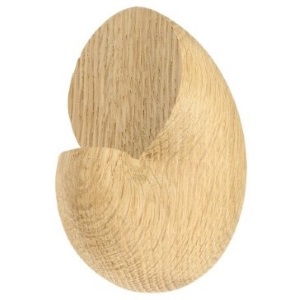
Traditional handrails for balustrades
Pairing a traditional handrail with a turned, square or box newel post is a great way to highlight the heritage of your home. If you have timber flooring in your hallway, you can accentuate the natural beauty of wood by matching the tone of the balustrade with the flooring. This works particularly well with oak stair parts and solid oak flooring.
One way to create a truly unique staircase is to incorporate a volute wooden handrail. These curved ornamental handrails give balustrades a feeling of formality, with the handrail wrapping around the newel post at the bottom of the stairs.
You can view a range of volute handrails in different woods here.
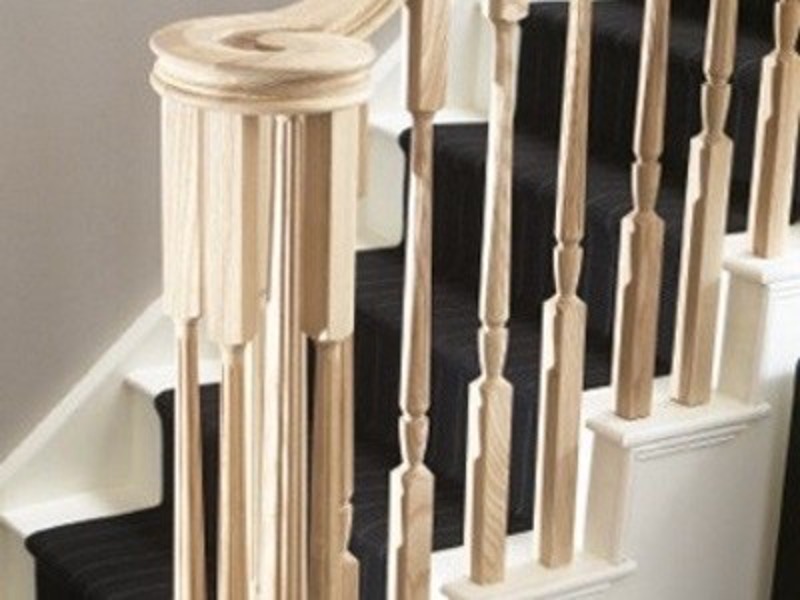
If you prefer a simpler look, an oak handrail teamed with white primed spindles creates a classic ‘shaker style’ balustrade. Oak is a great choice for traditional handrails as the grain of the wood adds warmth.
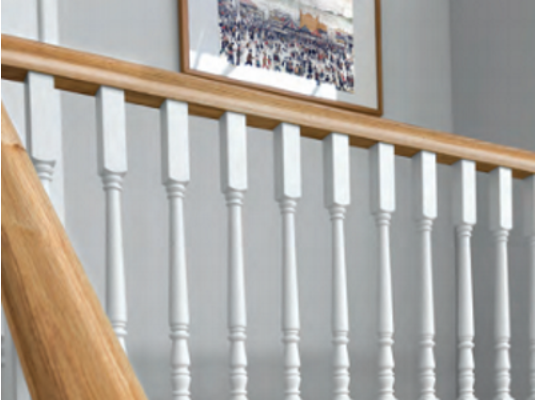
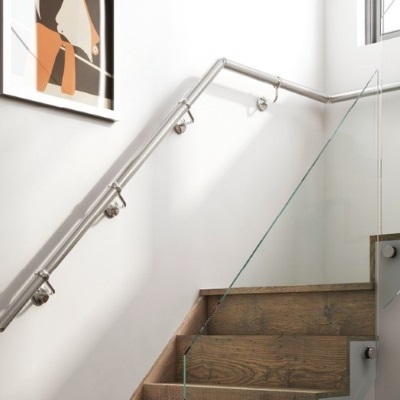
Modern staircase handrail designs—the best designs for contemporary staircases
Modern staircases benefit from a simple handrail design, and often lighter colours work well to create a contemporary feel. Clean lines with subtle curves are a popular design choice for a modern stair handrail design. You can achieve this by pairing simple handrails with square newel posts and square spindles.
Finding handrails for glass panels
Incorporating glass into a balustrade is very common in contemporary homes and can open up the staircase, introducing light and space to the area.
Glass stair panels are ideal if you want to showcase your staircase steps—for example, if you have natural wood flooring.
We offer a range of handrails that have an 8mm groove cut into them for the glass. The glass is then secured into the handrail with silicone.
Securing a glass panel with a glass grooved wooden handrail is relatively simple. In this case, you’ll also need to have a base rail with a groove in it. You then slide the glass panel into position, making sure that the panel sits flush with the newel post or wooden central posts if you choose to have these between panels. The thickness of the glass will dictate the size of the groove in your handrails. Glass panels are normally between 8mm to 10mm thick. You’ll need to ensure the groove measurement matches the glass thickness that you are using.
Our grooved handrails come with infill, however you still need to buy silicone separately to secure both the glass and infill in place.
Clear Fix hybrid polymer grab adhesive can bond most things in interior and exterior applications. You can View this product here.
If you choose an ungrooved handrail, you’ll need to use glass clamps to secure the glass panels in place. Glass clamps are typically made of stainless steel or steel with a coating, such as chrome or nickel.
Clamps are attached to central posts between glass panels with screws and grip panels securely, usually using a rubber lining to provide a cushion between the metal and the glass.
Clamps are usually fitted near to the top and bottom of the pane, with four for every square metre of glass. It’s absolutely essential that clamps ‘mirror’ each other, and are fitted evenly to avoid creating pressure points which may cause faults in the glass, leading to breakages.
If fitted properly, glass clamps should apply constant and even pressure to glass panels. This will avoid damaging and weakening glass and ensuring your glass panels remain a safe and unobtrusive option.
You can shop our full range of glass panels and glass clamps here.
Metal handrail end caps are an easy way to bring a modern look to a mopstick handrail and add a unique design element. They’re easy to fit, as they simply slot onto the end of the handrail. You can view a range of end cap designs here.
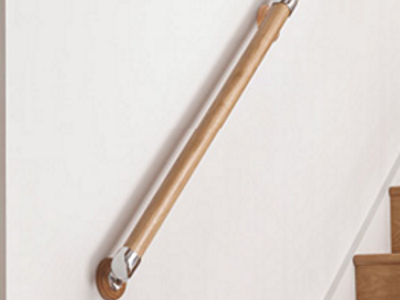
If you like ultra-modern stairway handrail styles, metal handrails are as contemporary as it gets. The reflective surface of our sleek chrome handrails work perfectly with the cleanliness of glass panels.
At Jackson Woodtuners we stock chrome plated handrails in 1.8m, 2.4m and 3.6m lengths.
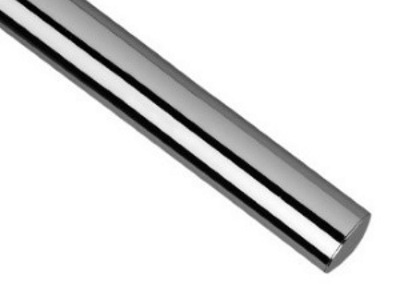
The most popular styles and colours for handrail designs
Mopstick and pigs ear handrails are two of the most popular handrail designs, and either will work well on a modern or traditional staircase.
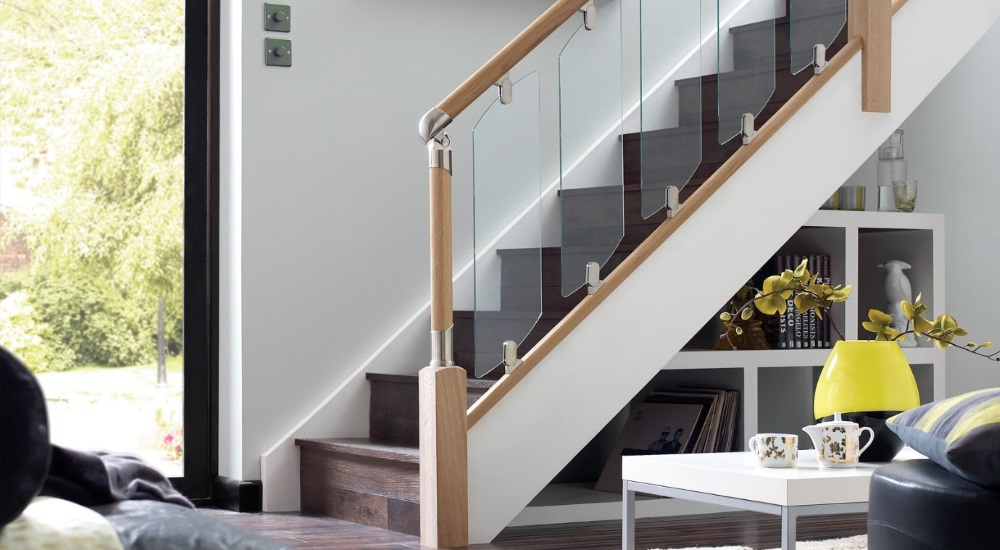
Mopstick handrails
Mopstick handrails are a classic circular handrail with a flat underside that, although very simple in design, can incorporate stylish detailing with brackets, end caps, wall patrices or end scrolls.
Oak mopstick handrails suit contemporary and traditional properties well and can be easily mounted to the wall with brackets. Mopstick handrails usually fix to the wall but can be used with glass panels, such as with the Fusion range of stair parts by Richard Burbidge.
Mopstick handrails are not usually used with wooden spindles as the flat underside is too narrow to accommodate most spindle styles. However, they can be used with metal spindles, such as with the Richard Burbidge Fusion Range.
Pigs ear handrails
Pigs ear handrails are always wall-mounted, and the unique curve of the wood provides the perfect shape for gripping the rail when going up or down stairs. As this type of handrail connects directly to the wall, it doesn’t require brackets or patrices, which makes it a cost-effective choice.
When you fit a pigs ear handrail you’ll inevitably be left with screw holes that you’ll need to fill in. Cross grain pellets are circular pieces of wood that are used to ‘plug’ these holes to create a seamless finish.
You can browse a huge collection of pigs ear handrails and cross grain pellets to plug drill holes here.
Read our guide to fitting pigs ear handrails here.
Handrail colour options
Grey and white are among the most popular colours for handrails. Their range of subtle shades means they work well with any colour scheme.
White handrails for stairs
If you have white walls on your stairway, then installing a white wall-mounted handrail could make your stairway look bigger. For a quick style update, you can simply replace your existing handrail with a white primed handrail.
White primed handrails are already painted white which means all you have to do is install them. Do bear in mind though, the colour of white primed handrails can vary between products, so you might find you need to re-paint the handrail to achieve the colour you want.
Pairing a white handrail with black spindles, a white baserail and a white newel post is an elegant way to update your stairway. You could even add black metal spindles, rather than black painted spindles, as a quick way to modernise the look without having to paint all the spindles individually.
You can view our range of black metal spindles here.
Grey stair handrails
Grey has been the go-to colour for home interiors for many seasons now. Grey is chic and can help instil a feeling of calm in your home, especially when used with other neutral colours. A grey stairway is a great way to create a sense of drama when people first enter your home.
You can simply paint your existing handrail grey in situ, or you can remove it first (this may be easier). Alternatively, if you want to update your handrail with a new one, white primed handrails have a smooth, sealed surface that’s ready to paint. Choose a heavy-duty, durable grey paint with a satin or high-gloss sheen, depending on your preference. If you’re repainting white primed spindles, we recommend using a solvent-based top coat.
As grey is such a neutral colour, it works well both with white and bolder colours such as yellow, pale pink and pistachio green. This gives you the option of keeping things muted or adding a splash of colour.
Painted handrails
There are no limits to the colours you can paint your handrail, whether you want to make a bold statement or are looking for a classic colour for a traditional hallway.
As white primed handrails come pre-primed, they have the ideal surface for painting and so need only a solvent-based topcoat to achieve the best results. You can view our full range of white primed handrails and buy online here.
Alternatively, if you don’t want to cover up the beauty of natural wood, you can enhance it by giving your handrail a coat of varnish instead, or try one of the products in the Treatex Hardwax Oil range.
Handrail height regulations
No matter what handrail design you choose, you’ll need to make sure it’s fitted at the correct height to comply with building regulations.
A handrail should be fitted between 900mm and 1000mm from the floor of the pitch line of the stairs. The pitch line is the diagonal imaginary line that runs across the top of the stair treads.
Regulations also state that a staircase must have a handrail wherever there’s a drop of more than 600mm. 600mm is equal to two steps on most staircases, so you would still comply with regulations if you installed a handrail that didn’t cover the bottom two steps of a staircase.
You can find out more about height regulations for handrails with our guide What height should a staircase handrail be?
Choosing a handrail size
To determine the correct handrail length, you can hook a tape measure onto the bottom stair nose and measure up to the top of the staircase. A staircase handrail should run the entire length of the stairs to make sure it is safe and code complaint. Handrails are often sold in set lengths of 1.8m, 2.4m, 3.6m and 4.2m. Choose the best length that fits your staircase measurements.
The spindle sits within the groove of the handrail - a 32mm spindle would sit in a 32mm grooved handrail. For example, you can use this dark hardwood HR handrail alongside this dark hardwood Teesdale spindle. When choosing glass panels and glass grooved handrails – ensure the groove is large enough to fit the thickness and length of the glass panel.
To find out more about handrails, visit the page Your Guide to Handrails.
